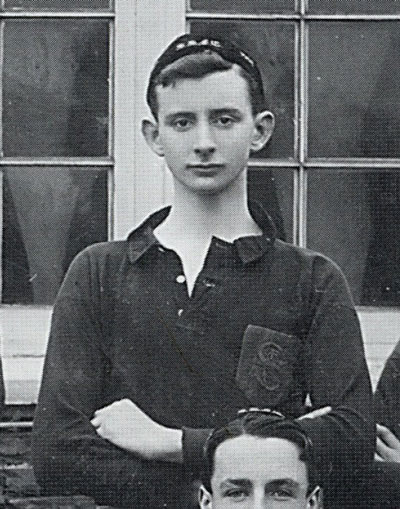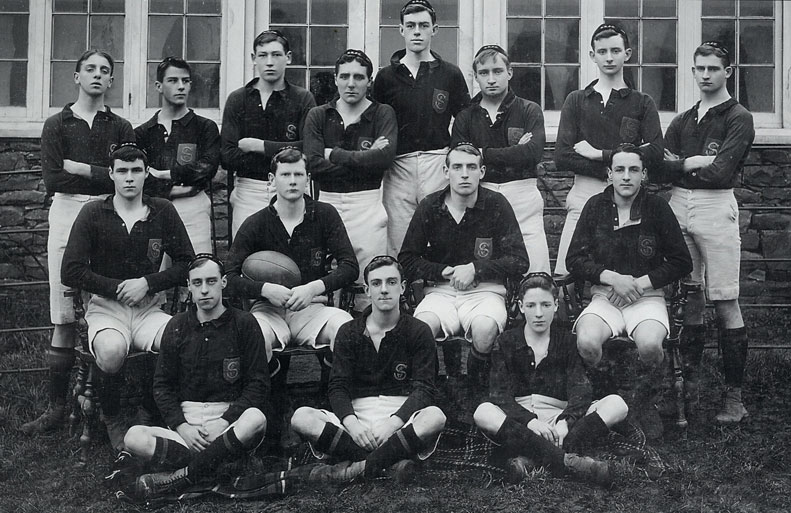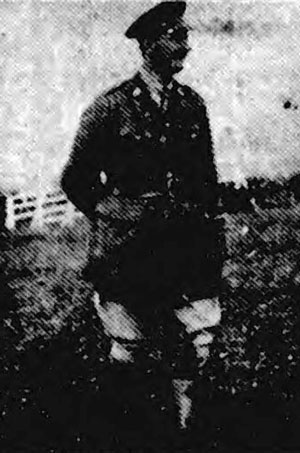Lieutenant George Bramato Brown

George Bramato Brown was born on 22 July 1890 at Tordeevra, Helen’s Bay, Co. Down, son of linen manufacturer George Herbert Brown and his wife Kathleen Margaret Brown (nee Kertland). He was educated at Sedbergh School, where he was a school prefect and played in the First XV rugby team.
He was commissioned on 20 November 1915 and posted to the North Irish Horse depot at Antrim. He was promoted to the rank of lieutenant on 21 September 1916. In the second half of 1916 or early 1917 Brown was sent to France and joined the 1st North Irish Horse Regiment in the field.
At the end of April 1918 he applied for a transfer to the Royal Naval Volunteer Reserve, citing his experience cruising and racing yachts and motor-boats [see Old Comrades, 1933]:
I went for my first cruise in a sailing yacht with my Father, who was Commodore of the Royal North of Ireland Yacht Club for many years, in 1892, and I have done a certain amount of cruising every summer since then.
I have had a lot of experience of yacht racing also, and I was part owner of the 8 metre yacht ‘Cobweb’ for 4 years (1910 to 1914).
As well as racing I did a lot of cruising in her in the Irish Sea and along the west coast of Scotland.
I am accustomed to using charts, laying off a course and using a compass. I know the “rules of the road”. I have had a good deal of experience with motor boats and in 1915 another amateur and myself took a 40ft racing motor boat from Belfast Lough to Oban and back. I have had a lot of experience with motor engines. I owned my first car, a racing “Calthorpe” in 1910.
My brother Lieut Herbert Brown is in the R.N.V.R. (Motor Boat Patrol) and is in command of H.M. ML406 and I am anxious to get into this branch of the service also.
Brown returned home in May 1918 and, on his appointment as a sub-lieutenant in the RNVR, resigned his commission in the North Irish Horse.
The story of his transfer was re-told at the 1933 reunion of the North Irish Horse by Sir Emerson Herdman, who said:
There was once a cavalry officer who heard during the war that his regiment might be dismounted and might have to fight as infantry. "I'm hanged if I'll fight on my two flat feet for anybody," he announced, and promptly joined the Navy. That subaltern was a member of the North Irish Horse, and he was one of the reasons why we can say we fought on land and sea.
(Belfast News-Letter, 11 November 1933)
After the war Brown lived at Edenderry House, Shaws Bridge, Belfast.

George Bramato Brown with the Sedbergh School Rugby XV in 1907

Brown at the Ballymena Show, Ballymena Observer, 30 June 1916
I am grateful to Ms Katy de la Rivière, Archivist of the Sedbergh School, for making the first two images available.
